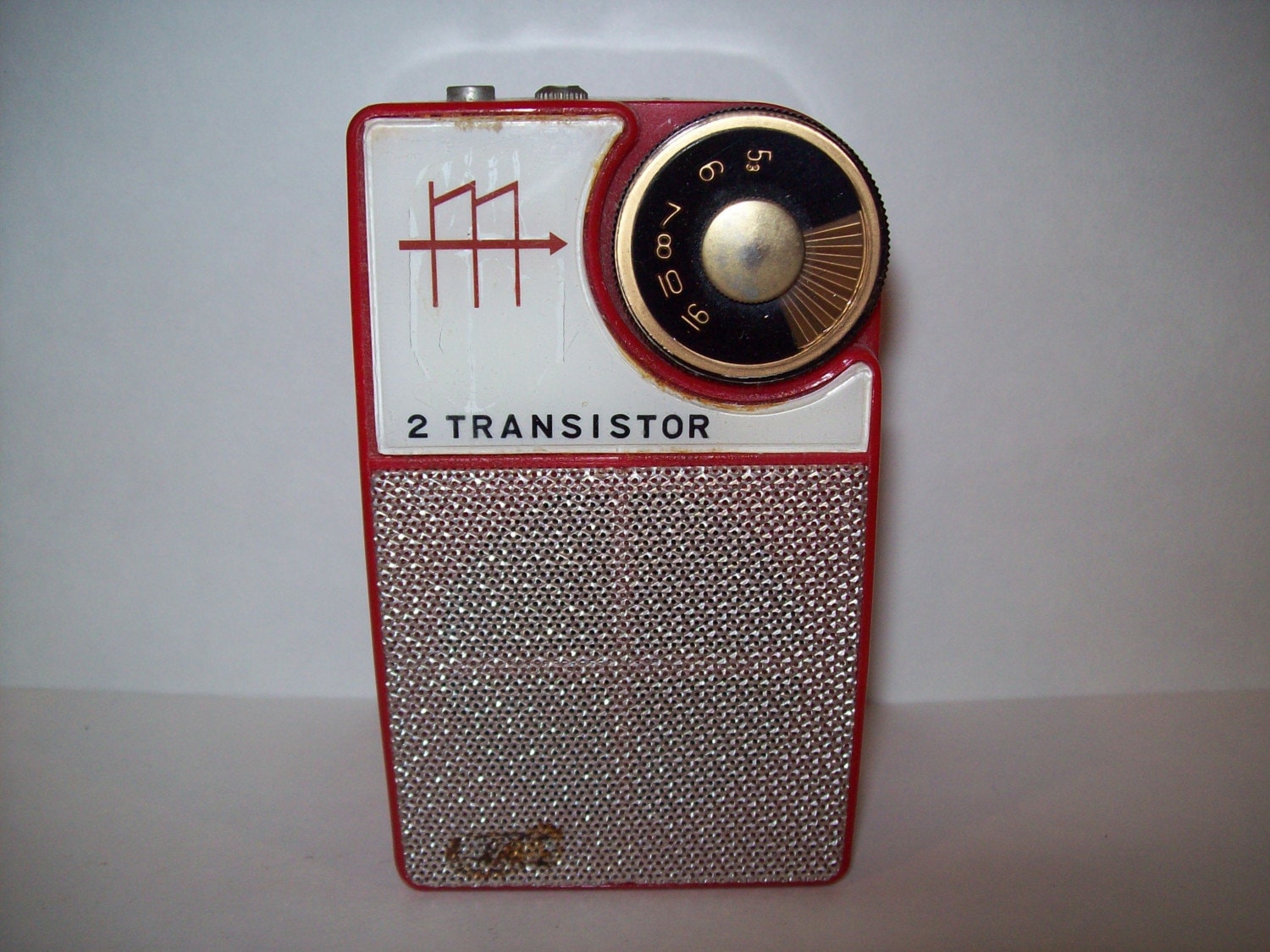
Many were not used in transistor radios but in other electronic devices.

Prototype (Pioneer, experimental transistor which may or may not have become a commercial product): These are laboratory “test†transistors which a company may or may not have later refined into a commercial transistor.I have found that establishing categories helps me know what I want, know what I have and know why I got it. These are the seven categories I recommend (and use) for collecting vintage semiconductors. I have set some boundaries on my collecting (see the bottom of this post) which unquestionably bias my recommendations. SECOND, my recommendations favor transistors used in radios although one must also collect non-radio transistors for industry benchmarks, prototypes and other categories. I am only offering guidance for a collection. Also, please do not assume that a semiconductor not mentioned in my recommendations is not worth collecting. Please do not infer my recommendations as being necessary for a collection.
Others may well offer very different suggestions. Others may have a different definition this is the one I use.įIRST, please know that these are just suggestions or ideas for a collection. By 1965 or so, the transistors used in radios had become, for all intent and purposes, fully developed and more or less uniform in shape and color (TO metal cans). What is a “vintage semiconductorâ€? I consider a vintage semiconductor to be a transistor produced between 1948 (soon after Bell Labs demonstrated the very first one in 1947) to about 1965. As always, when buying any antiques online, ask the seller questions and ask for more pictures and videos before you make your purchase.This sequence of postings is for anyone interested in collecting vintage semiconductors (transistors). Vintage models from the 1970s and after only cost around $20 or $30. Older models are the most expensive at a few hundred dollars. With so many vintage radios available on the market, in general these radios are pretty cheap.

For example, Bakelite cases were popular in the 1950s and 1960s, while solid wood cases were more popular in the 1920s and 1930s. Each decade will also have certain features that can be seen on most models from that era. These labels are typically located at the back of the radio or on an interior panel. When shopping for authentic vintage radios, be on the lookout for manufacturer labels that have the brand name and model number.

Some popular brands of vintage radios include RCA, Sharp, Panasonic, Philco, Atwater Kent, Sears Silvertone/Sears Roebucks, Zenith, and numerous others. Since radios, have always fascinated people, authentic antique and vintage radios are fairly easy to find. While listening to the radio is falling out of fashion, there is still a large community of antique radio collectors. Radios went through many transformations over the years and gave rise to our current wireless and cellular technologies. Since their invention in the 19 th century, radios have been an integral part of world history.


 0 kommentar(er)
0 kommentar(er)
